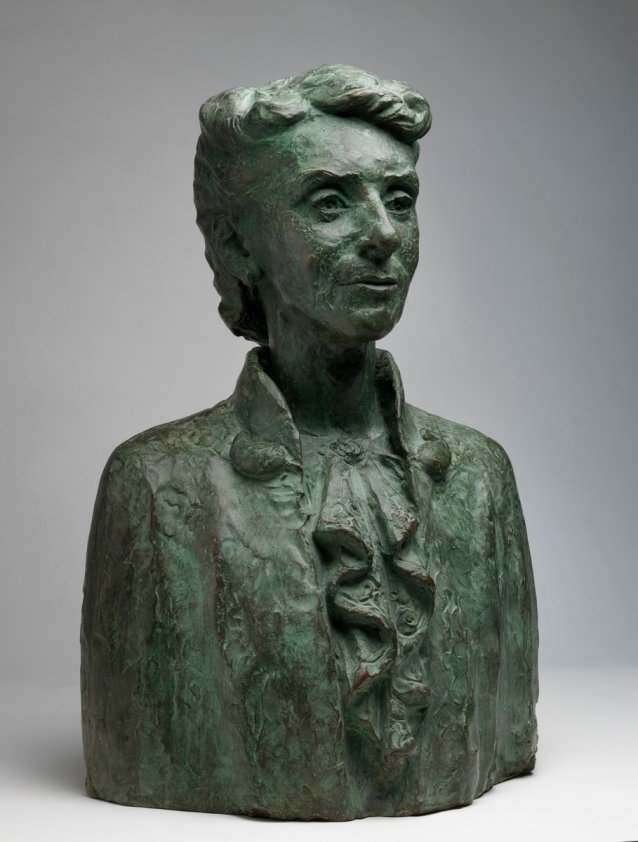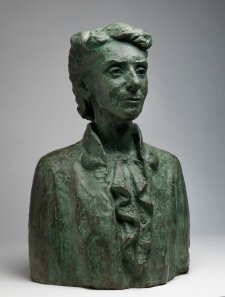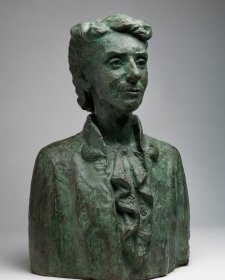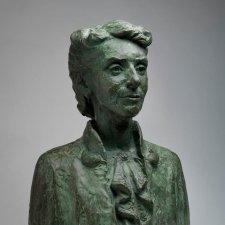Amy Christine Rivett (1891–1962), doctor, contributed greatly to women's health. After studying medicine at the University of Sydney she moved to Brisbane, where she became superintendent of the Hospital for Sick Children and resident medical officer at Brisbane General and Lady Bowen hospitals. Rivett regularly visited Brisbane’s brothels as municipal medical officer, and was an early and persistent advocate of birth control and sexual health. She gained her master's degree in surgery in 1918. In 1929 Christine became the first Queensland woman to gain an A-class pilot’s licence, and became a foundation member of the Queensland Medical Women's Society. Meanwhile, in 1927, her brother Edward bought a Walter Burley Griffin house in Castlecrag, Sydney, which he converted to a private maternity hospital. After the Second World War, Christine joined her brother, practising obstetrics and experimenting in telepathy and ESP. Brother and sister died within a few months of each other.
Daphne Mayo received a gold medal for sculpture at London's Royal Academy of Arts and worked tirelessly to promote appreciation of the arts in Queensland. In this life-size portrait bust Mayo has portrayed her friend and patron looking commanding in a frilled silk shirt and jacket.
Gift of Justice Ian Callinan 1999. Donated through the Australian Government's Cultural Gifts Program.
© Estate of Daphne Mayo
The National Portrait Gallery respects the artistic and intellectual property rights of others. Works of art from the collection are reproduced as per the
Australian Copyright Act 1968 (Cth). The use of images of works from the collection may be restricted under the Act. Requests for a reproduction of a work of art can be made through a
Reproduction request. For further information please contact
NPG Copyright.














